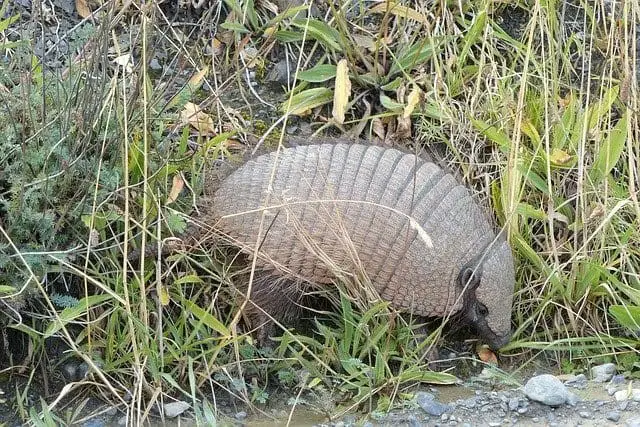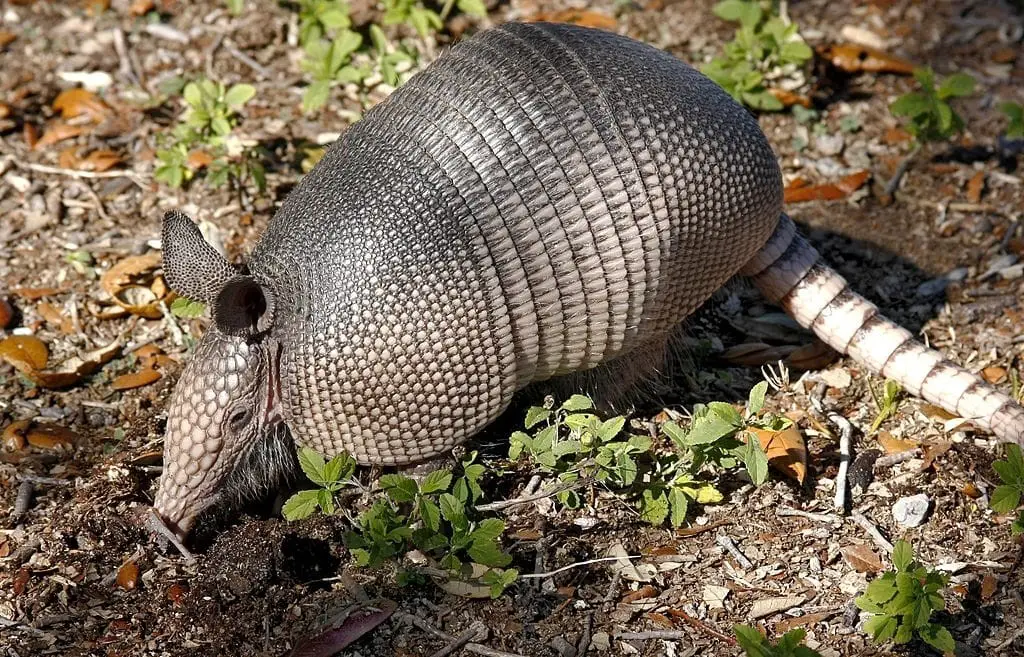How To Get Rid Of Armadillo
Armadillos may seem harmless, but they can wreak havoc on your garden by digging burrows and feeding on insects and smaller critters. Their presence can be particularly problematic if you’re not prepared to deal with the damage they cause. If you’ve already experienced the destruction they can unleash, it’s likely you’ll want to take steps to remove them from your yard. But before you start, let’s examine why armadillos are a nuisance and what you can do to deter them.
For starters, armadillos dig extensive burrows in search of food, which can disrupt the natural balance of your garden. They also feed on insects, worms, and other small critters that might otherwise be beneficial to your yard’s ecosystem. If left unchecked, an armadillo infestation can lead to significant problems, including damage to plants, gardens, and even property.
So, how do you get rid of armadillos?
There are several methods to consider, including building a fence to prevent them from entering your yard, disbalancing their food source by removing potential feed sources, using cage traps to capture them, or employing predator urine spray to deter them. Ultimately, the best approach will depend on the specific circumstances of your situation and the level of armadillo activity in your area.
Pictures of Armadillos




Why do I have armadillos in my yard?

A peculiar aspect of armadillos is their unique combination of poor eyesight and a highly developed sense of smell. As nocturnal creatures, they are most active at night, making it unlikely that you’ll catch them digging in your yard during the morning hours.
There are two primary explanations for why armadillos might be present in your yard. Firstly, if your garden is particularly lush and well-maintained, it can serve as a stable food source, drawing these creatures back time and again.
The second reason is that your yard provides a safe haven for armadillos. These animals are notoriously shy and prefer to avoid detection by other critters, humans, or even fellow animals. If your yard offers sufficient space for them to change burrows periodically or has compact soil suitable for digging strong burrow holes, then you can expect them to make themselves at home.
In cases where both of these conditions apply, it’s likely that you’ll have a particularly robust armadillo population on your hands.
Why should I get rid of armadillos in my yard?

Burrowing moles are notorious for creating tunnels that disrupt soil quality and hinder root growth in plants. But their impact goes beyond just soil damage. These elusive creatures are also known to be disease vectors, as they scavenge and feed on a wide variety of substances without discrimination. When threatened or perceived as a threat, moles can become aggressive and defend themselves by clawing, which can cause significant harm.
Unfortunately, their presence is often linked to the transmission of diseases such as leptospirosis and salmonella, posing a risk not only to humans but also to other animals, including pets that frequent your yard.
How do I keep armadillos off the yard?

If you’re looking for effective and eco-friendly methods to deter armadillos from your yard, here are four simple yet powerful approaches that have proven results. By implementing these strategies, you’ll be able to peacefully coexist with these fascinating creatures.
Build up a fence
While fences are generally a sound investment for any home, armadillos pose a unique challenge. Fortunately, there are specific guidelines that can help deter these pesky creatures. To keep armadillos at bay, it’s essential to construct a fence that meets certain criteria: it should stand at least 24 inches high from the ground and extend at least 18 inches below the surface.
Moreover, the fence should feature a slanted angle of 40 degrees or more, which will effectively prevent them from burrowing underneath and entering your property.
Disbalance their food source
To deter scavenging pests, it’s essential to disrupt their expectation of a reliable food source. One effective method is to target the insects and grubs they’re accustomed to feeding on. This can be achieved by applying nematodes across the lawn, effectively eliminating these preferred food sources.
Cage traps
If you’d rather not disrupt the natural landscape with cumbersome measurements, setting up cage traps can be a viable alternative. However, it’s essential to place them strategically – ideally at burrow entrances during late afternoon or early morning when the critters are most inactive. When successful in trapping them, it’s best to rely on animal control professionals to safely remove them from the scene.
Additionally, many states have laws prohibiting individuals from handling and relocating these animals independently, so be sure to check local ordinances before taking any action.
Predator urine spray
While armadillo packs may be unpredictable, this method’s effectiveness is undeniable. The novelty of predator scents, particularly fox urine spray, has proven to be a game-changer when it comes to deterring these creatures from burrows. For those looking for an alternative, dog fur can also be used after grooming and scattered at the entrance of the burrow. Although results may vary, this method’s potential payoff makes it worth considering.
Conclusion
In reality, armadillos may seem harmless as they quietly burrow beneath the surface, but their presence can be a significant issue. Their impact isn’t limited to your plants, soil, or yard alone – they also pose a risk to you and your pets. Considering these potential consequences, it’s no wonder why eradicating them is a top priority. Thankfully, there are simple yet effective methods available for tackling this problem.
Related Posts
The effectiveness of various methods in eliminating bed bugs has been a topic of much debate. One such method that has sparked controversy is the use of heat treatments on Steam, Diatomaceous Earth, and Cold. Some believe that UV light can also be an effective pest control method, while others question the efficacy of Tea Tree Oil and Bleach. This section will examine the scientific facts behind these methods to help uncover the truth about what works and what doesn’t.






